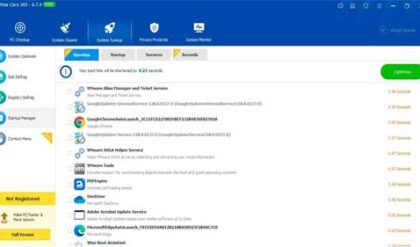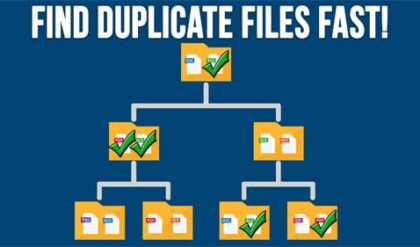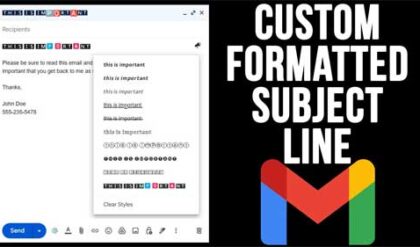Coding has become a vital talent for the younger generation in the continuously changing field of education. However, getting young students interested in coding can be difficult. Conventional methods frequently fail to hold these tech-savvy minds’ interest and attention. In order to overcome this obstacle, educators and curriculum designers must implement cutting-edge techniques that not only teach coding but also make the learning process engaging and dynamic.
1. Integrate Gamification into Coding Lessons
Incorporating gamification components into the curriculum is one excellent technique to increase young learners’ engagement with coding. Teachers can take advantage of children’s innate desire to play and compete by making coding sessions into games. As students go through different stages, overcoming puzzles and coding difficulties, this method not only makes learning enjoyable but also cultivates a feeling of success. Young minds are captivated by gamification, which also fosters a healthy competitive spirit that motivates them to become proficient coders.
2. Foster Collaborative Learning Environments
The development of cooperative learning environments is another important factor to consider. Young students frequently flourish in social environments where they can collaborate on coding projects, ask questions, and share ideas. In addition to improving their coding abilities, group projects and activities promote cooperation and communication. In addition to exposing young minds to a variety of viewpoints, collaborative learning equips students with the collaborative nature of the professional coding industry. This collaborative method fosters important interpersonal skills in addition to making coding more entertaining.
3. Real-world Application of Coding Concepts
Teachers should highlight how coding concepts are applied in real-world scenarios to make the subject matter more relevant and interesting. Young learners are better able to comprehend the practical applications of their skills when coding assignments are connected to real-life circumstances. Giving concrete examples facilitates the transition from theoretical understanding to real-world application, whether it’s creating a basic mobile application or designing a basic website. This method inspires young learners to explore the limitless possibilities that coding offers by making it more engaging and giving it a purpose.

4. Incorporate Interactive Coding Tools
Keeping young learners motivated is greatly aided by the usage of interactive coding tools. For novices, traditional text-based coding could be frightening. Conversely, interactive technologies offer a compelling visual and tactile experience. For example, the use of coding assessment tools from a user-friendly platform facilitates and enhances learning. These technologies accommodate the many learning styles of young students, opening up the field of coding to those who would not have first connected with traditional programming languages.
5. Encourage Creativity through Coding Projects
Coding is more than just following instructions; it is a creative process that enables people to express themselves and solve problems. Educators can foster creativity through coding projects in order to make the process of coding more interesting. Providing young students with the opportunity to begin their coding journeys, during which they are able to design and develop their projects, fosters a sense of ownership and creativity. This method not only helps them develop their coding skills but also ignites a passion for invention, which in turn encourages them to explore coding outside of the limits of the classroom.
6. Provide Regular Coding Challenges
Teachers should often integrate coding challenges into the curriculum to keep young learners interested and engaged. These tasks might be anything from easy exercises to harder issues, meeting the pupils’ various ability levels. Coding exercises help to develop a problem-solving attitude in addition to reinforcing the principles covered in class. The difficulty component fosters tenacity and resilience, two traits necessary for success in the coding industry. Additionally, it adds a sense of excitement, turning learning into a never-ending journey.
Conclusion
A careful and creative strategy is needed to make coding education more interesting for young students. Educators can create a dynamic and engaging coding curriculum by introducing gamification, promoting collaborative learning environments, stressing real-world applications, incorporating interactive coding tools, stimulating creativity through projects, and offering frequent coding challenges. These techniques improve education while simultaneously preparing students for the opportunities and challenges of the rapidly changing field of coding. A thorough and successful learning journey can also be ensured by using coding assessment tools, which can provide insightful information about students’ development.






